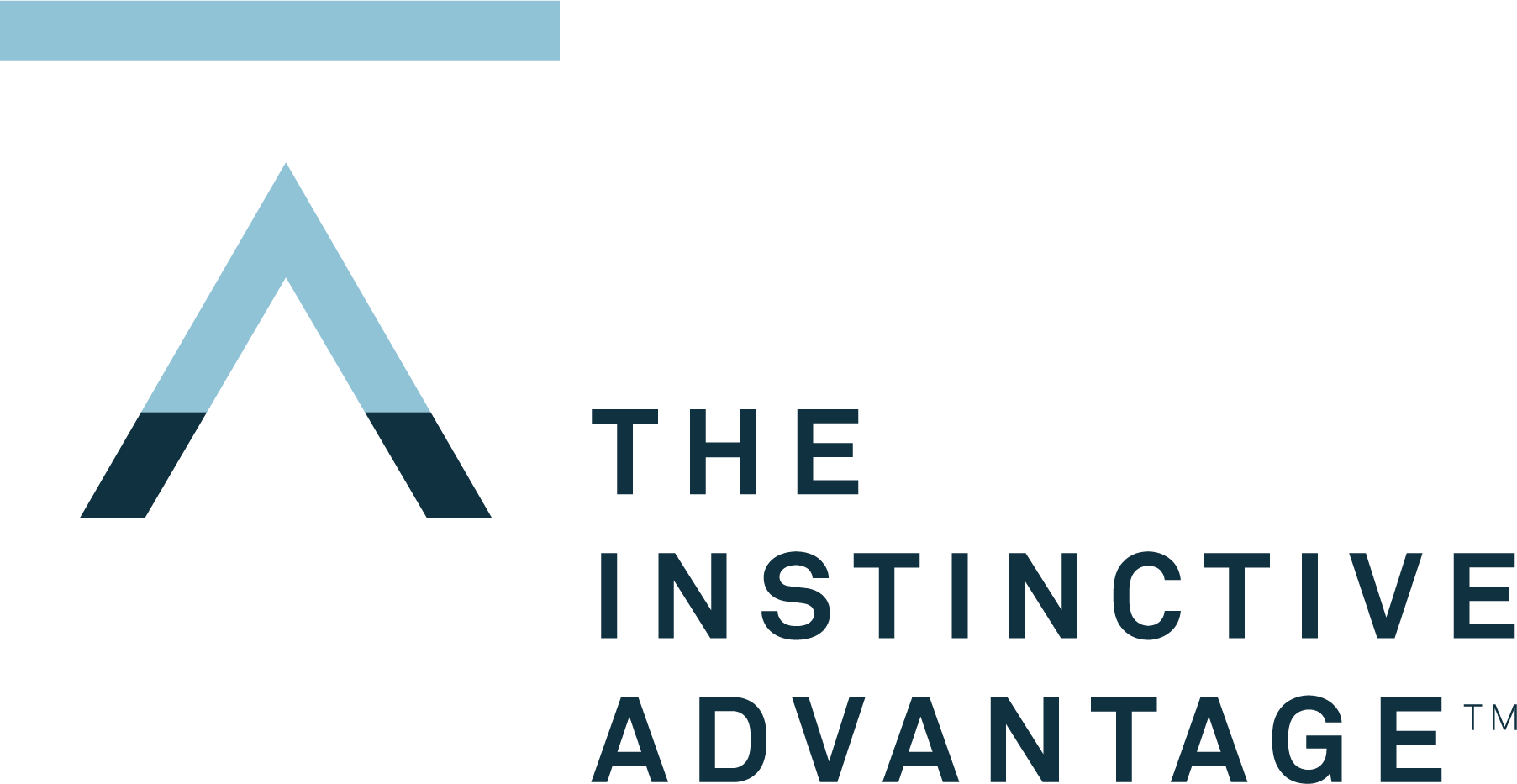Energy: A Measure of Capacity
We’ve all heard the clichés: “There are only so many hours in a day;” “There’s no time like the present.” Clearly, we often define capacity by time.
But it’s possible to view capacity in another way: through the lens of energy. Based on our Kolbe results, we know what type of tasks either energize us or drain our energy. And understanding energy is key to maximizing capacity.
First, let’s take a moment to think about a negative situation when your energy is totally drained. You know the moment: You’re sitting at your desk and your to-do list is crowded with high-priority tasks, but you simply have nothing left to give -there’s no more gas in your engine. We can use Kolbe to avoid this situation.
Energy is just as finite as time. One of the best ways to keep your energy up is to find someone – a colleague, supervisor, boss, etc. – whose Kolbe is different from yours. You can split jobs into tasks that energize each of you, or at least use the other person to get you started.
Take me and my Affiance Coaching mentor, Steve Lear. View our Kolbe Scores below:
Based our Kolbe Scores, the roles we take in our client presentations is as follows:
My Kolbe Score breaks-down as follows:
Fact Finder: My “7” ensure we go to each client meeting with enough information. I know all of the ins-and-outs of Kolbe.
Follow Thru: My “8” ensure we have structure in place – that there is a beginning, middle and end for optimum learning.
Quick Start: My “3” will stabilize us by taking what works well in one situation and applying it to the next.
Implementor: My “2” allows me to coach, since this is a product that can’t be felt or touched.
This is what Steve brings to the table:
Fact Finder: Steve’s “3” takes complex issues and boil them down.
Follow Thru: Steve’s “6” will stick to the structure I outlined, but naturally allow for the ebb-and-flow of a live workshop.
Quick Start: Steve’s “9” Quick Start takes risks. On the spot, he will improvise solutions to clients’ challenges.
Implementor: Steve’s “1” allows him to work with intangibles.
By using each of our talents, we have been able to make 1 + 1 = 3. In addition to greater levels of productivity for the business, each of us is energized by the work. Factoring energy into the elements of a productive workforce makes for a win-win situation.

